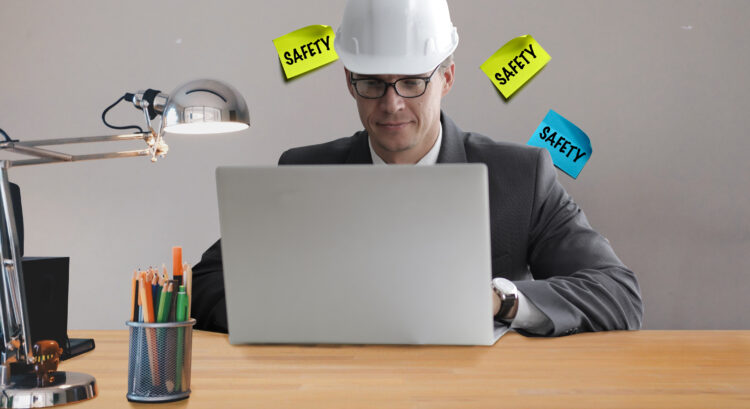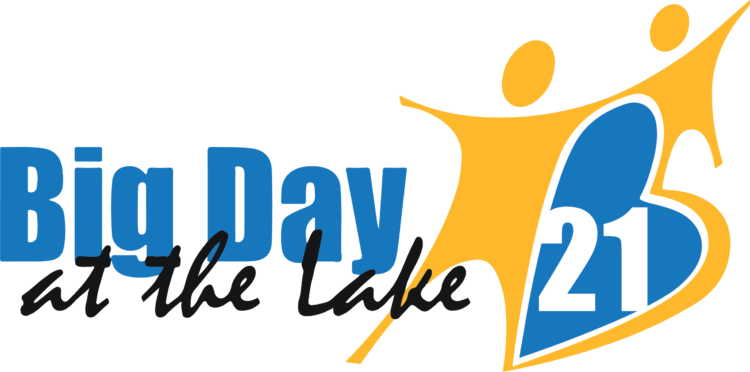 BUSINESS ADVICE | By Cheryl Kane
BUSINESS ADVICE | By Cheryl Kane
Sept. 15. As offices begin to come back to life, it’s not just COVID-19 that should be top of mind. Team members may need a workplace reorientation.
Safety
Working remotely, workers were removed from the safe behaviors they trained and practiced on the job. In the pre-COVID workplace where most everyone had proper training and conducted themselves accordingly, it was the norm to adhere to safe practices.
Re-orientation to the workplace may require reviews of safety standards, physical reminders, and discussions to ensure a safe workplace.
Many accidents occur when someone is new to a job. Being away from the job site for over a year may feel like being new again. Be alert for distractions and even overconfidence.
TIP: Provide documented instructions as you ramp up production.
Common, simple tasks done incorrectly can cause personal harm and damage to equipment.
Reorientation may cover a lot of territory.
Safety
• Falls and heat illness
• Ergonomics for computer use, lifting, etc.
•Fire and emergency drills
Work environment
Traditions and standards can be forgotten. Working remotely without the formality of a professional environment, some people’s language, behavior, or personal care may have become too informal.
Highlighting policies for civility and appropriateness that allows everyone an opportunity to complete self-reflection before returning to the workplace also allows them to save face and be ready to focus on being productive rather than embarrassed.
Communication
Initiate an ongoing communication practice with the intent of updating everyone on workplace changes, showcasing Frequently Asked Questions (FAQs), and highlighting positive outcomes as progress is made.
Each issue is a re-orientation type of tool. It quickly updates and offers a quick refreshing perspective for everyone.
Tip: Keep it simple. Issue updates as needed. Post past issues and new so everyone can access them. Use a template format to help employees find what they need in each issue. Encourage employees to submit their information.
Start today
You are not alone—you do not have to do everything yourself. Pick a starting place. Use available resources. Draw upon your staff to assist you. You are re-orienting to ignite recall and to refocus workers—you are not training new employees.
Safety: OSHA.gov has safety topics to draw from, including posters, training materials, diagrams. Use them for group discussions, lunch-and-learns, or demonstrations.
Workplace Environment: Make work feel inviting, inclusive, and enjoyable to be a part of again. The National institutes of Health (NIHrecord.nih.gov), The Society for Human Resource Management (SHRM.org), HR Certification (HRCI.org), LinkedIn, and many more sources, have materials and training available on civility and healthy workplace cultures that are easy to understand at all levels in a workplace.
Tip: Start with a small topic that makes a big difference such as being civil or inclusive.
Collaborative Communication: Help everyone see where they fit again, and how their work is a part of the whole. Keep them informed and highlight positive outcomes created through a collective effort no matter how small.

Cheryl Kane, MBA, PHR, GPHR, SHRM-SCP, is a strategic business consultant, sales trainer, & professional speaker specializing in problem solving and service quality. Cheryl welcomes your communication at email: [email protected]

Discussion
No comments yet.